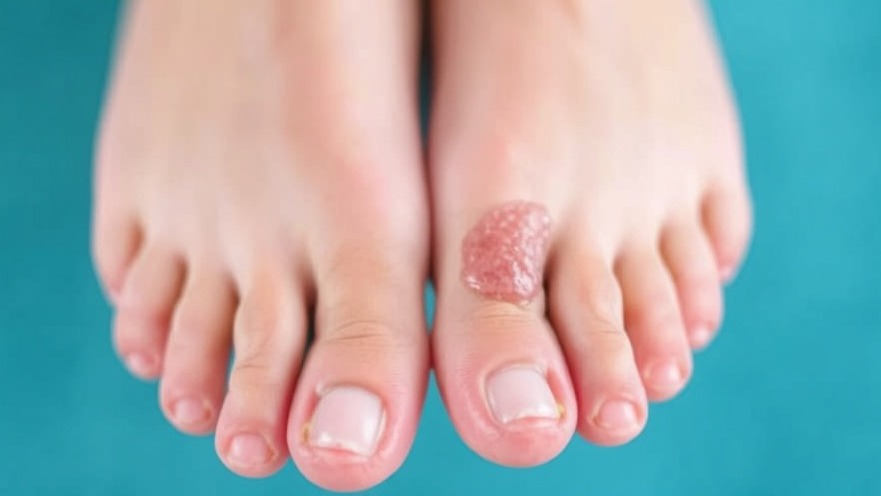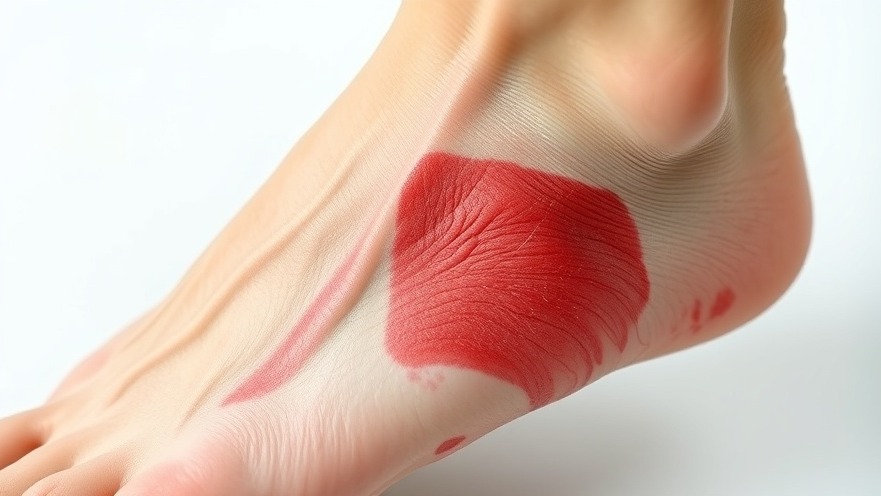
Tackling Plantar Warts: Understanding the Basics
Warts, particularly plantar warts, are a common nuisance caused by the human papillomavirus (HPV). Affecting a significant portion of the population, with an annual incidence of around 12%, plantar warts often present a painful challenge, especially for children and adolescents. Although these stubborn skin growths can be disheartening, advancements in treatment options have made management easier and more effective. In this article, we’ll unveil the most common treatments available, ranging from topical treatments to innovative therapies.
Topical Treatments: The First Line of Defense
For many, the journey to removing plantar warts begins with topical treatments. These methods involve applying medications directly to the wart to break down its tissue. One of the most popular options is salicylic acid, which helps soften the wart's layers. Although available over the counter, higher concentrations can be found in podiatrist offices, which helps expedite the healing process. However, this treatment often requires several weeks and regular debridement to achieve the desired results.
Another effective topical option is silver nitrate, which cauterizes the wart tissue, causing it to die off over time. While both treatments are effective, they do pose the risk of surrounding skin irritation, so using them with care is advised.
Cryotherapy: Freezing the Competition
Cryotherapy is perhaps the most recognized wart treatment method. This involves freezing the wart with liquid nitrogen. While effective, the process can be painful, leading to temporary blisters that may cause discomfort. Usually, multiple sessions may be needed for complete wart removal. The key with cryotherapy is to remain patient; while it does cause initial pain, successful treatment can offer lasting relief.
SWIFT Therapy: A Cutting-Edge Solution
Among the newest treatments, SWIFT therapy stands out as a notable option. Utilizing controlled microwave energy, this innovative approach effectively heats wart tissue, triggering an immune response to fight the virus. One of the significant benefits of SWIFT therapy is its quick treatment time – sessions last only a few minutes! Typically, three sessions spaced about four weeks apart are effective, boasting clearance rates as high as 83.3%. Although it can be painful, the pain is considerably shorter than that of cryotherapy and has shown consistently better results, making it a compelling option for stubborn warts.
Surgical Options: When All Else Fails
In cases where warts resist all other treatments, surgical intervention may be necessary. Curettage is a method where a sharp instrument, known as a curette, is used to scrape away wart tissue. This option, while effective, often requires local anesthesia and carries the risk of scarring.
Additionally, phenol treatments or laser surgery can be options for those dealing with particularly resistant warts. If surgical options are recommended, consulting a specialist is crucial to understand the risks and benefits of the chosen methods and to discuss potential recovery strategies.
Conclusion: Taking the Step to Healthier Feet
Dealing with plantar warts can be frustrating, but knowing your treatment options empowers you to make informed choices about your foot health. Whether you start with topical treatments or consider more invasive options like SWIFT therapy or surgery, understanding these methods enhances your ability to combat warts effectively.
Don't let plantar warts hold you back from enjoying life to the fullest! If you're experiencing persistent foot or ankle issues, consider consulting your local podiatrist for personalized advice and treatment plans. Together, you can create a future where discomfort is a thing of the past!
 Add Row
Add Row  Add
Add 




Write A Comment